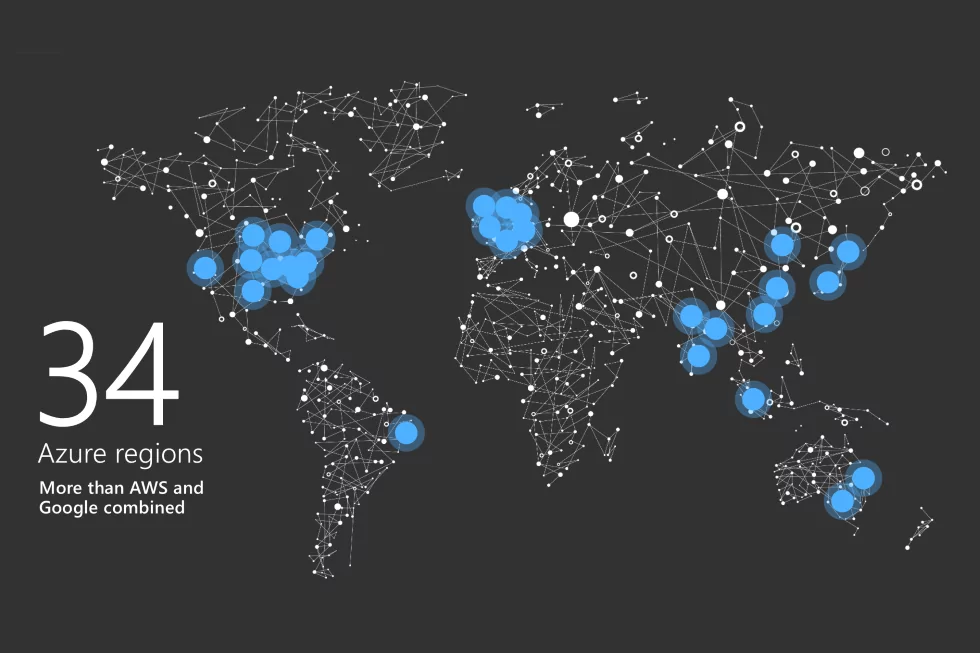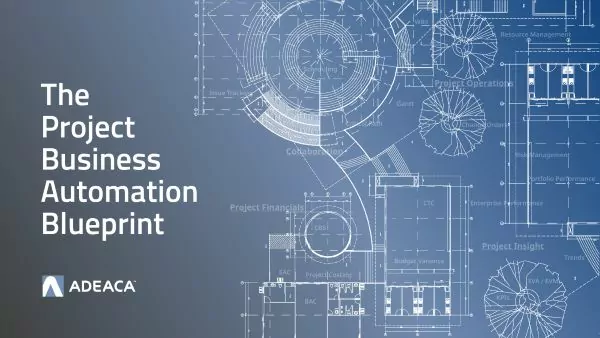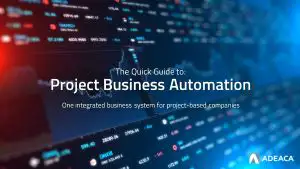You’ve made the decision to move your enterprise resource planning (ERP) system to the cloud but you’re still trying to figure out whether to opt for a single-tenant or multi-tenant hosting solution.
There are benefits/disadvantages to each solution but your choice ultimately depends on what your company needs from its ERP system.
Single-Tenant Solution
In a single-tenant hosting architecture each company, or tenant, has its own instance of its ERP application and supporting infrastructure. Because the ERP is hosted on a cloud server, you access the app via the Internet. A single-tenancy architecture lets you configure and customize your ERP the way you want.
You can save money with a single-tenant web-based ERP system because you can eliminate on-premise hardware and management of that hardware.
If you are a project-based company considering Dynamics 365 or you are looking for a Construction ERP, you may consider Dynamics 365 Project Operations. Learn more about your Microsoft options.
With a single-tenant hosting solution you have increased privacy since your ERP app as well as all your other applications are housed in one instance. Additionally, you have the same level of control over your ERP app, including updates and customizations, as with your on-premise solution.
It’s also easier to back up and restore your ERP application in a single-tenant system because each client database has its own separate back up.
However, a single-tenant hosting model means that you have to pay the costs of the entire system alone. And it will be time-consuming to scale your ERP application. You’ll have to plan for significant migration time to perform software updates, add modules or otherwise enhance your system.
If you have a very unique business vertical and you must retain tight control over your ERP customizations, a single-tenant hosting solution is probably best for you. That’s because you can do upgrades and customizations when you choose to do them.
Considering Dynamics 365 Finance ERP to bring your Project Business together? See our Comparison Between Adeaca PBA and Dynamics 365 project management and accounting.
Multi-Tenant Solution
In a multi-tenant hosting architecture, a single instance of a software application serves multiple customers. Those companies, therefore, share the same infrastructure to store their business data.
Many businesses opt for multi-tenant solutions because costs are usually lower than single-tenant solutions as development and maintenance costs are shared among the tenants. Because resources are shared, you save money on hardware and power.
In addition, with a multi-tenancy architecture, the provider only has to make updates once then share them with all its tenants. That means upgrades don’t require any intervention by the users. The vendor also makes updates and rolls out software patches to the application automatically.
With a multi-tenant hosting model, you don’t see – or share – other customers’ data. The reason: each tenant’s data is isolated and not visible to other tenants.
With a multi-tenant hosting solution, you can customize some parts of your ERP application, but you can’t customize the code of your ERP application to fit your specific needs.
Additionally, because you’re relying on the same code base as the other tenants, upgrades could be deployed to your business without your authorization.
Moreover, multi-tenant hosting providers could delay or remove features and functionality from their roadmaps because they often just focus on the feature requests of their largest users.
Small to midsize businesses find the multi-tenant hosting model appealing because they don’t need more functionality than off-the-shelf accounting and financial management software offers.
A Modern ERP Solution
Built on Microsoft Dynamics 365 and running on Microsoft’s Azure cloud platform, Adeaca One Project Business Automation (PBA) offers single-tenant and multi-tenant ERP solutions that address the requirements of the project-driven enterprise. To manage the complete project lifecycle as a business, you need an ERP that works for projects.
So keep in mind that before you decide on a single-tenant or multi-tenant hosting solution, it’s critical that you figure out what is the best type of ERP business system for your company. If you need a Tier 1 ERP but are project-based, Project Business Automation is the best option.
To learn how to turn your cloud ERP into a system that works for your project-based company, Download the Project Business Automation Blueprint. It is the definitive guide to creating a comprehensive business system for your Project Business that ties together your project operations and financials seamlessly.












